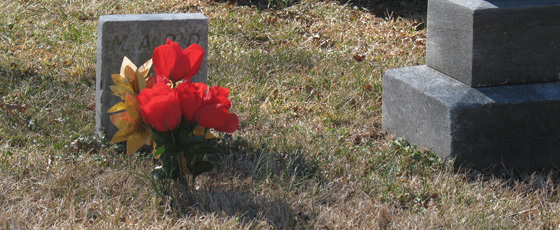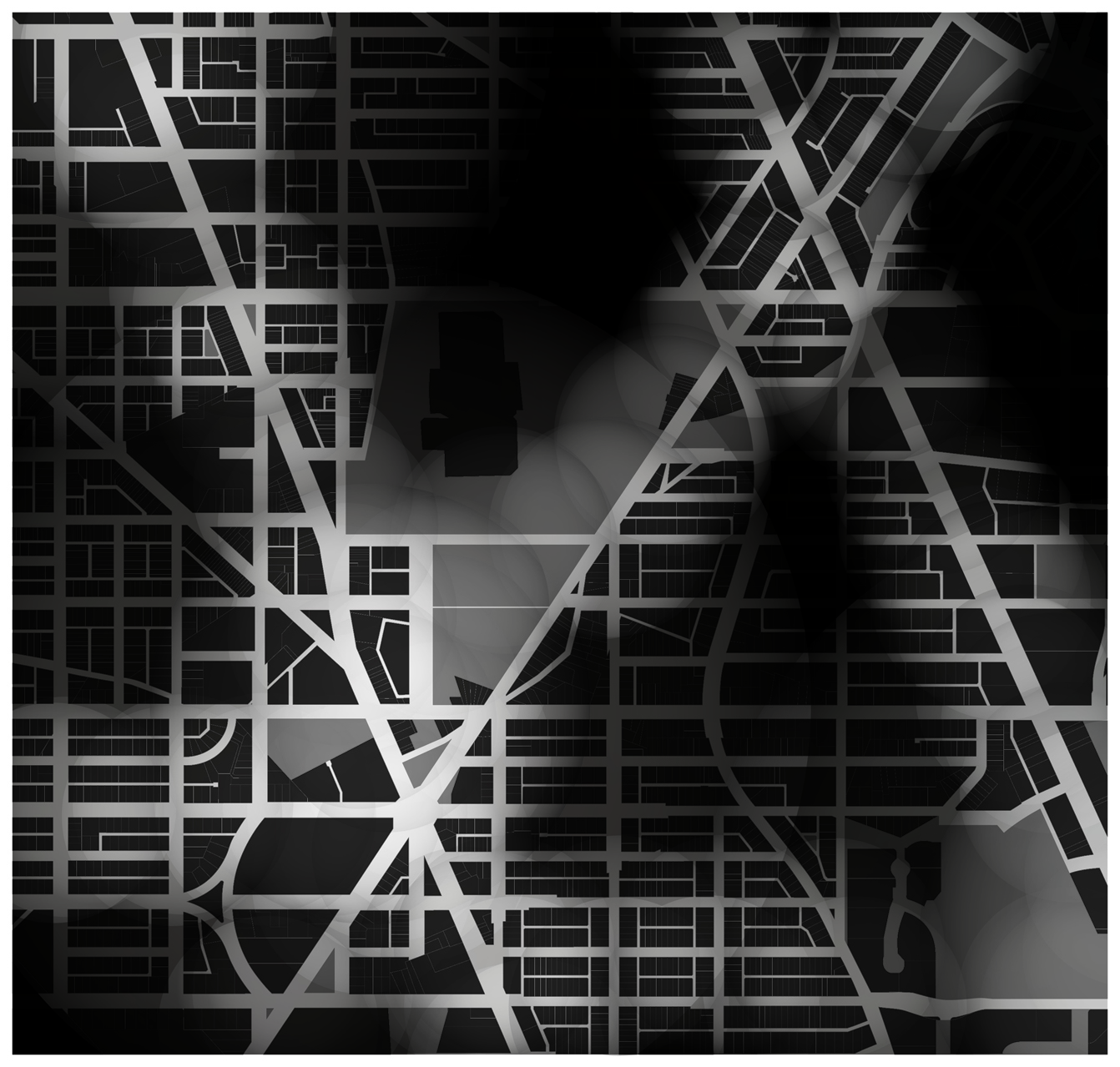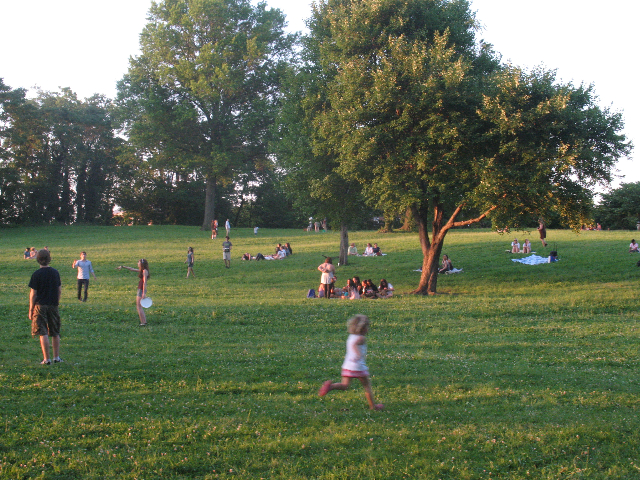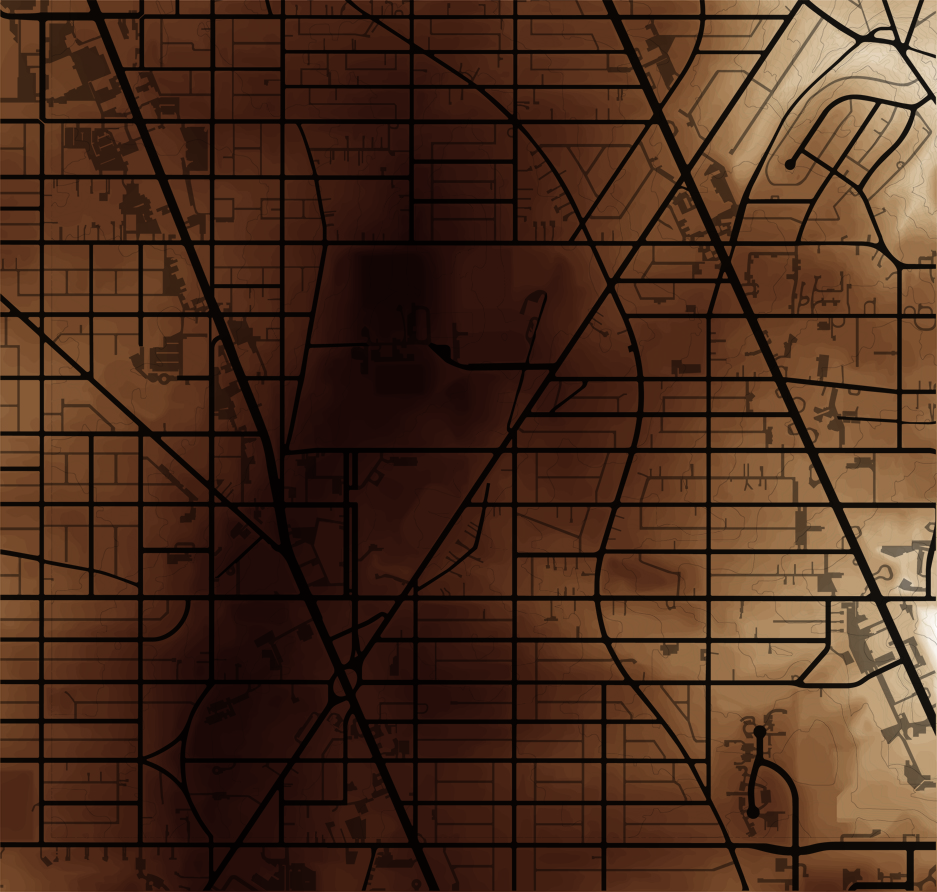So, in addition to the visible boundaries of the city, there are the invisible ones, ones that are really only legible to a bureaucracy, but have significant effects on the lives of residents. Because it affects individuals so young and even effects the parents, where someone goes to school seriously alters the social geography of cities. They decide where the majority of socialization occurs: in one school, in another school; in private schools, in public schools; in classrooms or in breakfast nooks.
When I was a wee little Flannie, attending Murch and carousing about my block, I had neighbors across the street whom I hardly knew. Why? They went to Janney. We met and played outside occasionally, but by 3rd grade, we both had already formed our social lives, and that was it. Our parents were likewise divided; they knew each other, but that was it. My street was the boundary between two schools and there was a palpable difference between the facing blocks.
In the Reno-Tenleytown-Tobago area, there are seven schools that provide Nursery school through Twelfth Grade education. Obviously, there’s also American University, but that’s not as relevant since its students are not shaped as much by boundaries and divisions. There are also any number of private and parochial schools students could attend, three of which are in the area, but with a minivan or a Volvo, you too can idle your car outside your child’s school. So let’s just do the public schools.







